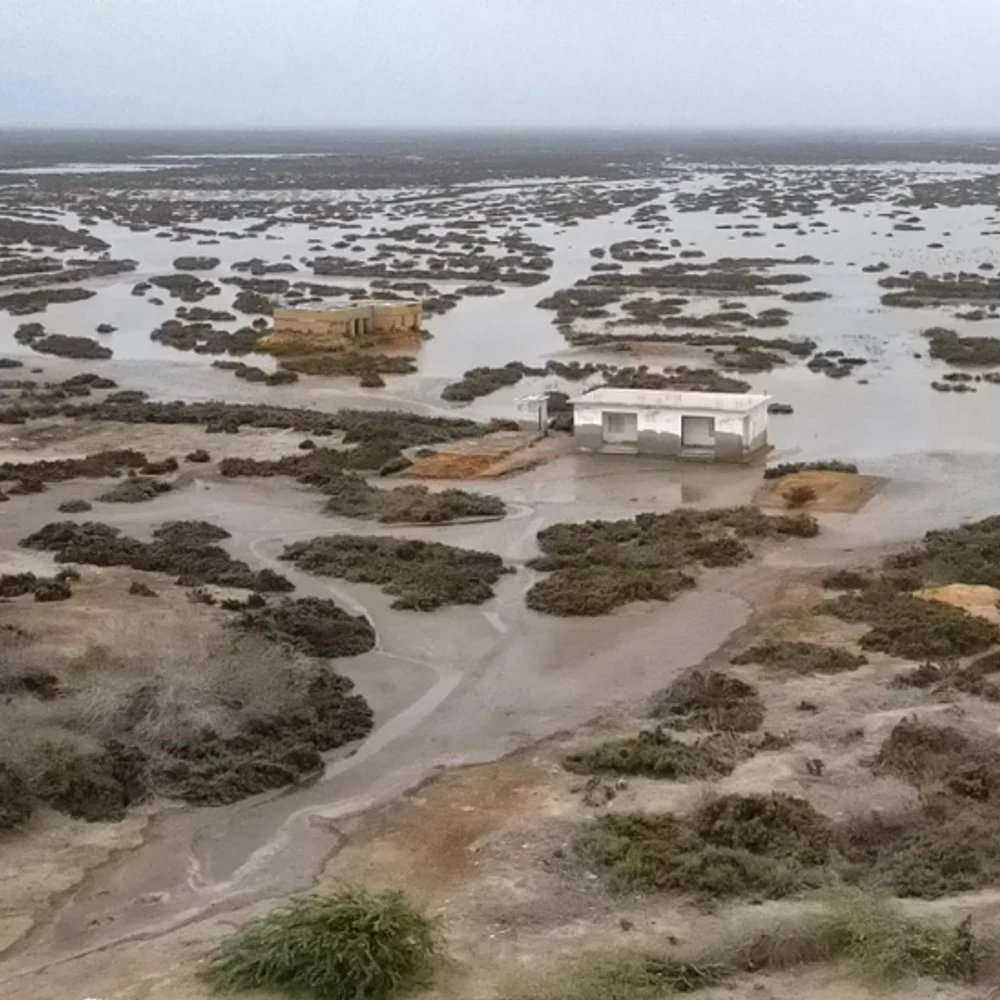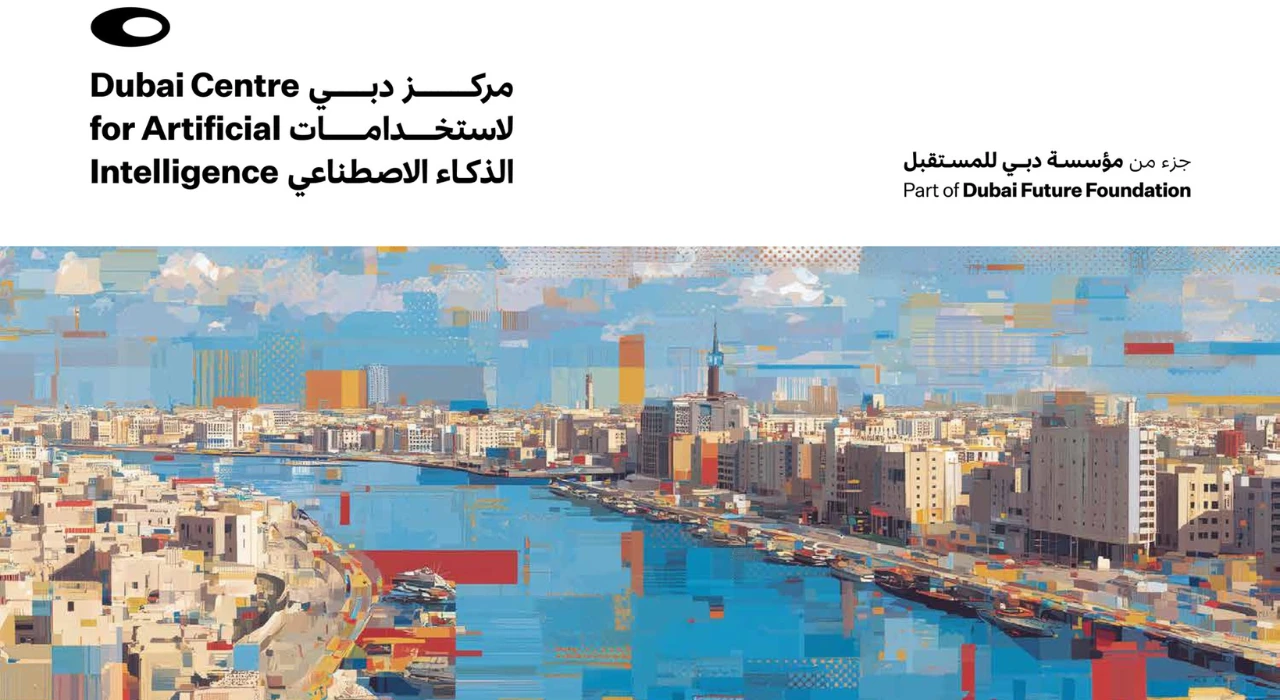Life is on the verge of ending in the Indus Delta, Pakistan's largest river. Indus water has been blocked in canals and dams in the upper regions. Due to this, the water supply to Sindh province and delta region has almost stopped. Since the 1950s, the flowing water in the Indus Delta has decreased by 80%. On the other hand, the salt water of the Arabian Sea has entered it. Due to this, the land here has become saline. Farming has stopped. The number of fish has come down and the lives of prawns and crabs have been put at risk. The delta was once filled with fish from 17 small rivers, marshlands, mangrove forests and mudlands. Today, its saline soil and toxic water do not make it habitable. According to the Sindh government, 80% of the water here is not potable. The salt water of the sea has now penetrated deep into the land. Over the last two decades, more than 1.2 million people have left the Delta and migrated to cities like Karachi, according to government data. The Pakistan Fisherfolk Forum says thousands of fishing families have been displaced from the coastal areas. Habibullah Khatti, 54, has left his village. Before leaving the village, he paid his last respects at his mother's grave. The salt water, he says, has spread everywhere. There are now only four houses left in the village. Most of the villages in the Kharo Chan area have been swallowed up by the sea, which once had 40 villages. In 1981, the population of this area was 26 thousand, which has come down to only 11 thousand in 2023. An alliance called 'Save the Indus River Movement' started protests in Sindh province from February. This includes environmental activists, local communities, NGOs and policy makers. Protesters say the canals will block the water supply of the Indus river, causing a crisis for agriculture in Sindh and especially in the Indus Delta. Mariam Gopang, an activist of the women's organisation Sindhia's Tehrik, says, "We are nothing without our Sindhu river. If it's not there, we'll die. Six canals are being built in 4 provinces by drawing water from Pakistan's largest river Indus. The project is being run under the Green Pakistan initiative. Its value is about 28 thousand crore Pakistani rupees. The water sourced from these canals will be used to make the desert land cultivable. This water will be drawn from the Indus river or its barrage. The largest of these canals will be built in the Cholistan Desert of Punjab.
0 thoughts on “Water in Pakistan's Indus Delta dropped by 80%: the land became saline due to the flooding of sea water; 12 lakh people became homeless”
Leave a Reply
Your email address will not be published. Required fields are marked *
RECENT NEWS
- GCC-Stat confirms 100% households in GCC countries have access to safe drinking water and electricity
- US embassy alerts now on WhatsApp: US citizens in India will get real time updates and travel advisories
- UAE: Dubai PodFest returns for 5th edition on September 30, coinciding with International Podcast Day
- ‘Deport now, appeal later’ scheme: UK expands policy to 23 countries — Is India on the list?
- David Justice explains why he left Halle Berry: 'She didn’t cook or clean,' and he now says therapy might have saved the marriage



















